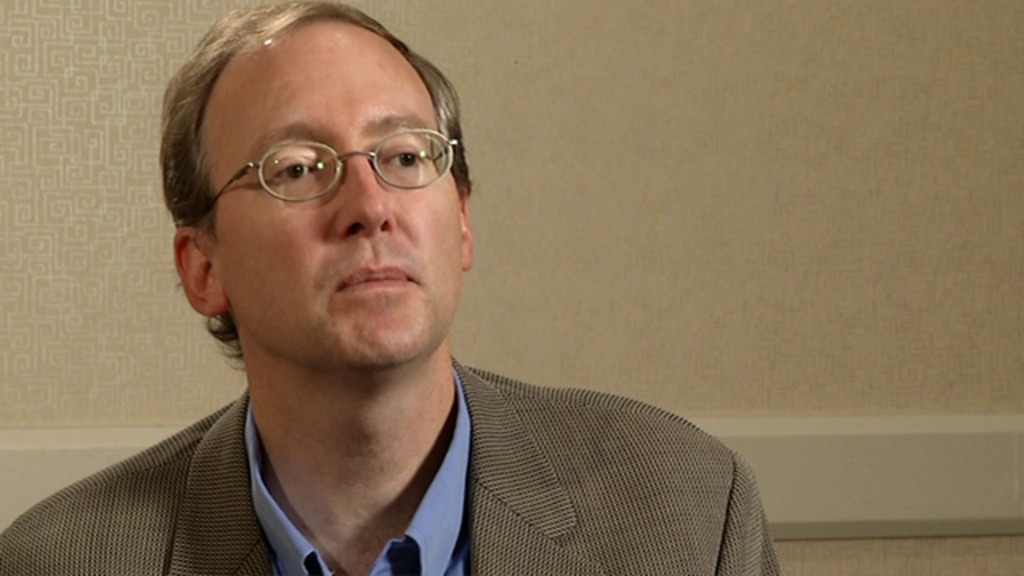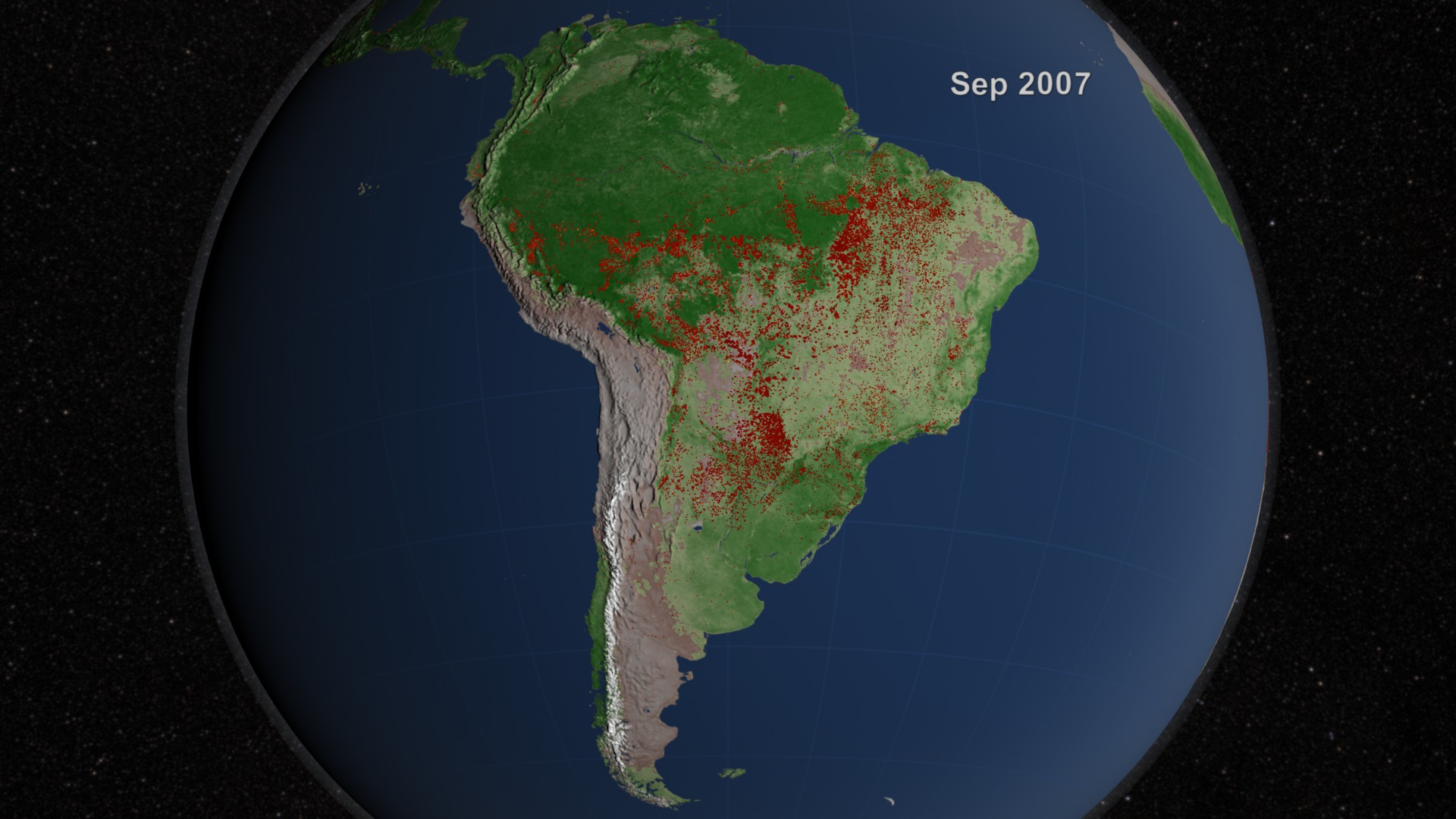Forecasting South American Fires
Human settlement patterns are the primary factor that drives the distribution of fires in the Amazon. Satellite imagery shows, for example, that fishbone-shaped patterns of burned and deforested land extend outward from roads in predictable ways. Likewise, fires are rare in thinly populated areas. In recent years, however, new research has made clear that subtle environmental factors — including minor variations in ocean temperatures — amplify human impacts and underpin much of the variability in the number of fires the region experiences from one year to the next. A study conducted by UC Irvine scientists and published last week in Science even showed that scientists can predict the severity of the South American fire season months in advance by analyzing ocean temperatures in the North Atlantic and Central Pacific. To make the discovery, the researchers compared about a decade of fire observations collected by NASA's Terra and Aqua satellites with records of sea surface temperatures maintained by NOAA. The video below offers a visual representation of the same decade of fire data the scientists used to conduct their study. Look closely to see if you can spot the especially intense fires seasons of 2005, 2007 and 2010.

Researchers can use ocean temperatures to predict Amazon fire season severity.
Tropical rain forest dominates in the darker green northern area. A savanna-like ecosystem known as cerrado is more common to the south.
UC Irvine scientist James Randerson discusses new research linking ocean temperatures and fire seasons severity.

High sea temperatures can shift rain patterns in the wet season. Months later, dried out soils and vegetation become more flammable.

The scientists created a model that can predict fire season severity between three and six months in advance.

The new research could help researchers develop an early warning system that would help authorities prepare for the fire season.
For More Information
See NASA.gov
Credits
Please give credit for this item to:
NASA's Goddard Space Flight Center.
Forest photographs courtesy of NASA/GSFC/Doug Morton.
-
Animators
- Lori Perkins (NASA/GSFC)
- Greg Shirah (NASA/GSFC)
-
Interviewee
- Jim Randerson (University of California, Irvine)
-
Producer
- Kayvon Sharghi (USRA)
-
Scientists
- Chris Justice (University of Maryland)
- Louis Giglio (University of Maryland)
- Luigi Boschetti (University of Maryland College Park)
-
Writer
- Adam P Voiland (Wyle Information Systems)
Release date
This page was originally published on Tuesday, November 15, 2011.
This page was last updated on Wednesday, May 3, 2023 at 1:53 PM EDT.

